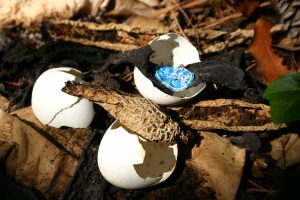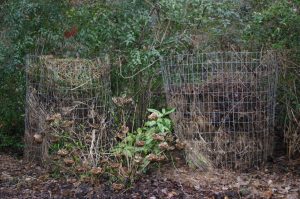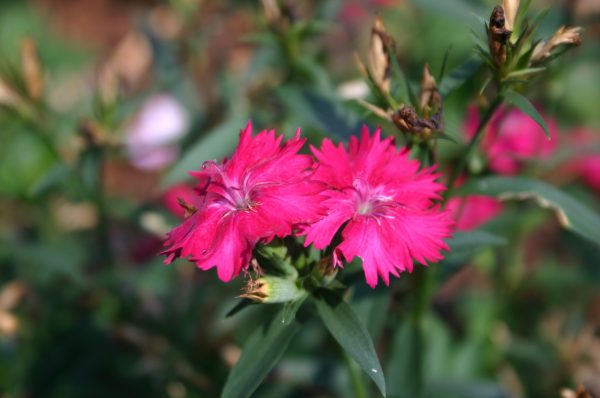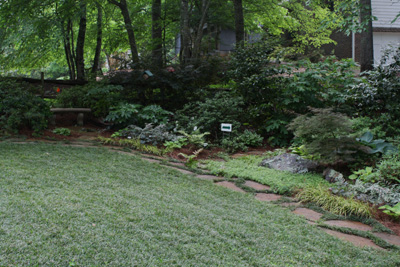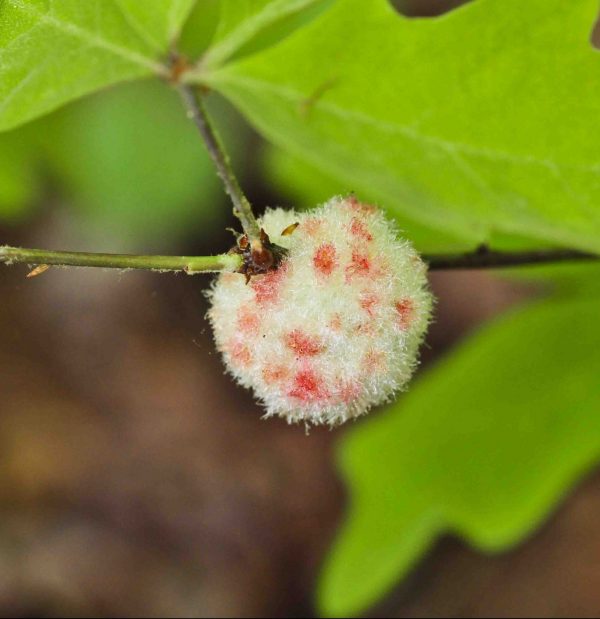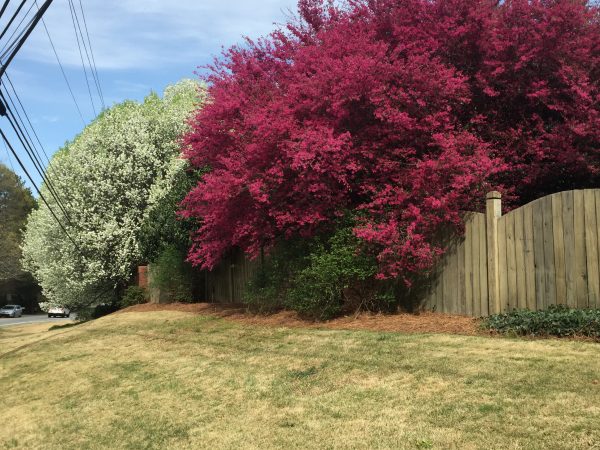Compost – Why We Do it
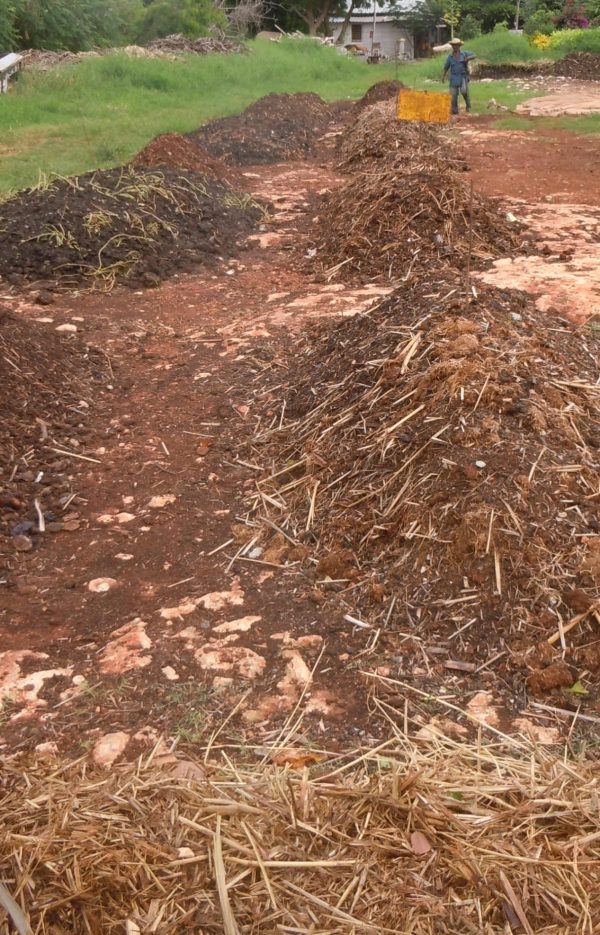
“My whole life has been spent waiting for an epiphany, a manifestation of God’s presence, the kind of transcendent, magical experience that lets you see your place in the big picture. And that is what I had with my first compost heap.” –Bette Midler, Los Angeles Times May 8, 1996
A few years ago I read that my late friend and then-fellow-columnist, Lee May, was thinking of composting his undershirt. Lee has decided to be a hard-core composter. He plans to make black gold from everything he can put his hands on – including his clothes and copies of this newspaper! Lee has caught the fever. Soon he will be waxing wise with fellow composters, comparing pile temperatures and the turn versus no-turn method of composting.
My friend Bobbi Sedam caught the fever several years ago when she attended a Master Composter class sponsored by the DeKalb Extension service. She has sponsored workshops, set up displays and hounded county officials – all to increase citizens’ knowledge of composting. Even my neighbor Gus confessed last week that he has started a compost pile under the trees beside his home.
When everyone from the stars to the average gardener is composting, why aren’t you? Maybe it is because you’re still not sure what all the fuss is about. Compost is rotten stuff, right? What in the world is so transcendent about making things rot?
IT”S ALIVE! Home-made compost is called black gold because it is alive. But then poison ivy and fire ants are also alive and we don’t get rapturous about them do we? Here is why live compost is so valuable:
You know what clay is, don’t you? Clay is what we gardeners try to grow plants in. Given the choice, plants would never choose clay as a good home. Like vacationers describe New York city, “It’s a great place to visit but I wouldn’t want to live there.” Plants appreciate the ability of clay to hold moisture. What they abhor is clay’s hardness and it’s refusal to let their roots breathe.
Compost, though, is full of tiny fungi, bacteria and other creatures. These organisms eat leaves, grass clippings, lettuce leaves and, perhaps, underwear. Euphemistically, we say they “break down” these items. In fact, they eat and then excrete organic materials. As anyone who has changed a baby diaper knows, poop is sticky. The sticky excreta of fungi and bacteria is made that way by a substance called glomalin. This glomalin glues together the tiny, tiny particles of clay in your soil. When tiny grains of soil become big soil granules, the soil is softened. Plant roots breathe and thrive! Your garden center treasures flourish! Another gardener is converted to the cult of composting!
#1 PILE IT UP Composting is not rocket science! If you have a corner where two fences meet, pile your fall leaves there. Compost bins can be purchased or you can simply make one out of stiff, welded-wire fencing. Join the ends of a piece of fencing that is four feet high and ten feet long. The hollow barrel you create is a perfect compost bin! Pile leaves and grass clippings in it during the year. Next spring, lift the bin off of the pile and scoop out the rich compost underneath.
#2 LET IT ROT There is no need for ‘compost helper’ products. Mother Nature will make compost without your help. Experienced composters turn their piles a few times a year to make the process faster, but organic matter will decompose whether the pile is turned or not. A good spraying with the garden hose while leaves are being piled will help keep the pile moist. A shovelful of soil sprinkled over each successive bag of leaves will introduce all of the fungi needed to make perfect compost by next summer.
MORE INFORMATION
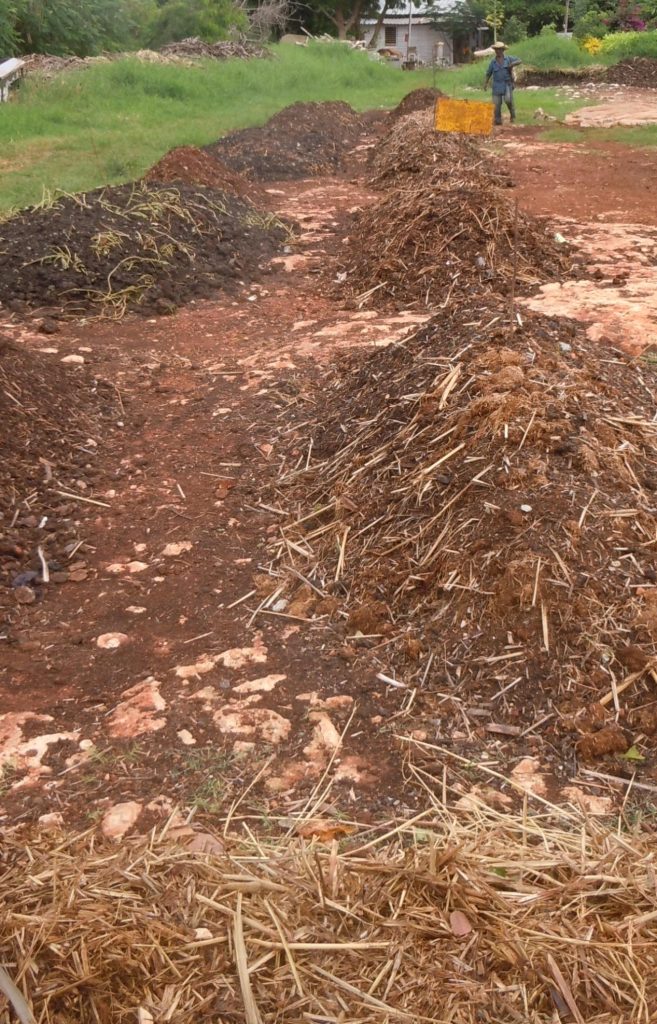
Composating in Cuba is a good example of “Pile it up and let it rot.”
